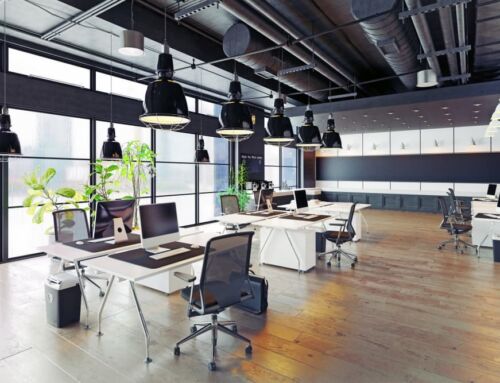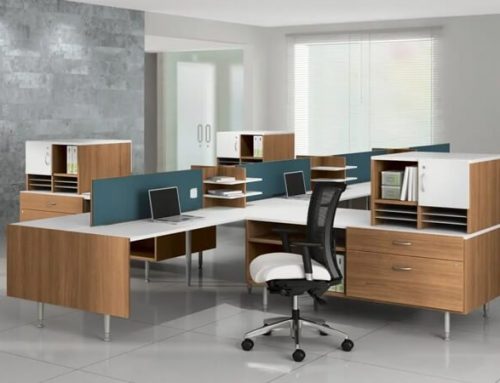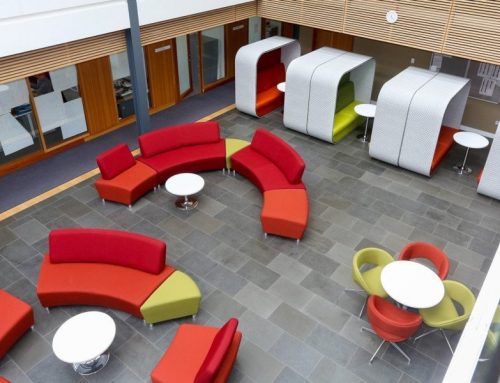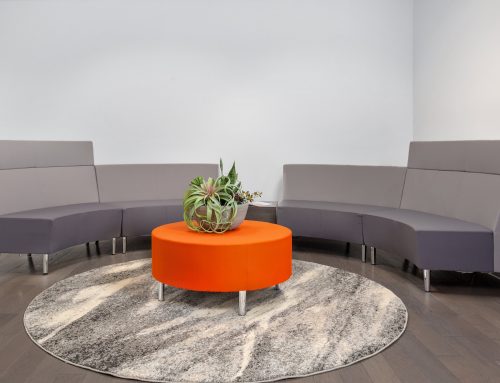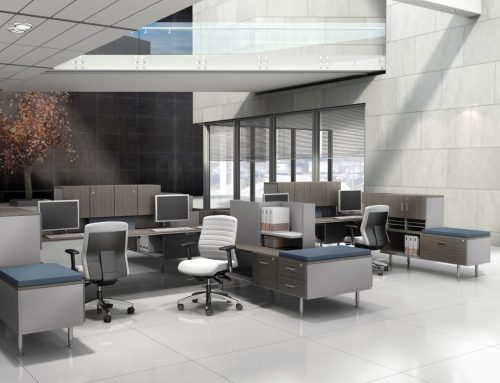Why is the Open Office Floor Plan Style Making a Comeback?
We hear so much about open office floor plans these days – the good, the bad, and the ugly. Without having to read all the studies and opinions, the bottom-line truth is, it doesn’t work for everyone.
In some estimations, the open-office approach is actually reducing the number of employee interactions during the workday. It may actually be contributing to employee unhappiness and increasing attrition, neither of which supports a thriving company culture.
Face-to-face interaction drops by nearly 73 percent. Instant messaging and other forms of digital interaction increases by 67 percent. Employees are 15 percent less productive.
Privacy doesn’t exist. Employees are twice as likely to call in sick, and the list goes on.
So, with all the damning evidence levied against this type of office design, why is the open-office floorplan style making a comeback?
Evolving Need, Progressive Design
In office culture, there is a continual need to evolve, to improve productivity, collaboration, and innovation, and encourage transparency in team communication. What the “comeback” really refers to is today’s movement toward an active adaptation of previous floor plans and design approaches; one that retains all the positive aspects of open-office floor plans and mitigates the negative.
On the plus side, open-office floor plans provide more natural light for everybody, not just executives. It costs less to accommodate your teams because there is less square footage allocated to each employee. For management, there is more transparency and accountability.
And, ideally, democracy rules in the open office. However, if you put it to a democratic vote, what do you think the result would be?
 In truth, you can’t blame design for all of your shortcomings. However, periodic reinvention is important to keep things fresh, and this holds true for your office layout as well.
In truth, you can’t blame design for all of your shortcomings. However, periodic reinvention is important to keep things fresh, and this holds true for your office layout as well.
Since roughly 70 percent of all offices in the United States have shifted to an open-plan design, a viable alternative must be identified if we are going to keep moving forward.
Finding a New Approach
Sometimes, the best solutions don’t require a major reinvention; it’s more a matter of realigning your goals with the approach you take. This might be as simple as rearranging your office furniture.
Open concept office furniture can have a significant effect on team productivity. More importantly, however, the actual layout of the office is what’s going to make it work.
The trend today is away from communal desks and barrier-free workstations and toward having task-specific areas within the open office.
For example, in one area, you might have a hot desk area with height-adjustable desks to facilitate active interaction. In another area, you could have low-profile lounge seating for more casual interactions.
Still another area could be established for breakout groups, smaller huddle areas that feature more insular seating that provide separation from the rest of the room.
Finally, having self-contained seating that is a little more insulated provides privacy for phone calls or to keep confidential projects on the down-low.
So, while the open office can’t be considered an endangered species just yet, it is going through a substantial period of reinvention. And everybody loves a good comeback.
To learn more about collaborative office furniture and how we can help, reach out to set up a consultation today.
